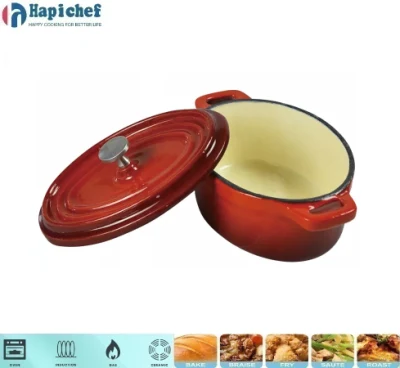How to Restore a Rusty Cast Iron Skillet for Cooking Success
Cleaning a Rusty Cast Iron Pan A Step-by-Step Guide
Cast iron pans are a beloved staple in many kitchens due to their durability and heat retention capabilities. However, over time, these pans can develop rust, particularly if they haven’t been properly cared for or have been left unused for long periods. If you find yourself with a rusty cast iron pan, don’t despair! With the right techniques, you can restore it to its former glory. Here's a detailed guide to cleaning a rusty cast iron pan.
Understanding Rust on Cast Iron
Rust forms on cast iron due to moisture exposure. When the protective seasoning layer wears away, the bare iron is left vulnerable to oxidation, leading to rust formation. It's crucial to address rust promptly to prevent further deterioration of your pan. Before diving into the cleaning process, assess the level of rust. Light rust can often be handled with simple cleaning methods, while heavier rust may require more intensive care.
You Will Need
- Coarse salt or baking soda - A scrubbing pad or steel wool - Dish soap - A clean towel - Vegetable oil or flaxseed oil - A baking sheet or oven-safe dish
Step 1 Remove the Rust
Begin the process by vigorously scrubbing the rusted areas of the pan. For light rust, sprinkle a liberal amount of coarse salt or baking soda on the affected areas, and then use a scrubbing pad or steel wool. The abrasiveness of the salt or baking soda helps dislodge the rust without damaging the cast iron itself. If you're dealing with more severe rust, you may need to use steel wool more aggressively.
For extremely rusted pans, you can soak them in a vinegar solution (one part vinegar to one part water) for up to an hour. This helps to dissolve the rust naturally. After soaking, use a scrubbing pad to remove the loosened rust. Rinse the pan thoroughly with warm water to remove any residue.
cleaning a rusty cast iron pan exporter

Step 2 Clean the Pan
After all rust has been removed, it’s time to clean the pan. Use dish soap and warm water to wash away any leftover debris or rust particles. Scrub the pan thoroughly, ensuring that all areas are cleaned. Once finished, make sure to rinse it thoroughly and dry it immediately with a clean towel. Cast iron is prone to rusting again if it is left wet, so it’s essential to remove all moisture.
Step 3 Re-Season the Cast Iron Pan
Once your pan is clean and dry, it’s time to re-season it. Seasoning is the process of coating the pan with oil and heating it to form a protective layer that prevents future rusting and adds flavor to your cooking.
Preheat your oven to 375°F (190°C). Apply a thin layer of vegetable oil or flaxseed oil to the entire surface of the pan, inside and out. Make sure not to use too much oil, as excess oil can create a sticky residue instead of a smooth seasoning layer. Place the pan upside down on a baking sheet to catch any drips, and then put it in the oven. Bake for one hour, then turn off the oven and let the pan cool inside.
Step 4 Maintain Your Cast Iron Pan
To prevent rust in the future, it's important to maintain your cast iron pan properly. After each use, avoid using soap; instead, simply rinse it with hot water and scrub with a brush or cloth. Always dry it thoroughly and apply a light coating of oil to keep the seasoning intact. Store it in a dry place, and if it will not be used for an extended period, consider storing it with a piece of paper towel inside to absorb any moisture.
In conclusion, restoring a rusty cast iron pan may seem daunting, but with a little bit of effort, it can be revived. By following these steps, you ensure that your trusty cast iron companion will last for years, bringing flavor to your many delicious meals. Embrace the rustic charm of cast iron cooking and enjoy the advantages that come with it!
-
Transform Your Kitchen with Big Iron Cast Wok CraftsmanshipNewsAug.05,2025
-
Traditional Cooking with Cast Iron Woks and Pots with HandlesNewsAug.05,2025
-
Outdoor and Indoor Cooking with Cast Iron Wok MasteryNewsAug.05,2025
-
Maximize Outdoor Cooking Versatility with Premium Cast Iron WoksNewsAug.05,2025
-
Master Traditional Cooking with a Chinese Cast Iron WokNewsAug.05,2025
-
Culinary Power with High-Performance Cast Iron WoksNewsAug.05,2025
-
Why Every Kitchen Needs a Casserole Cast Iron DishNewsJun.24,2025
